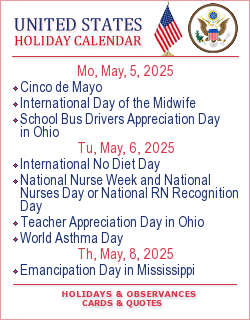Slavery has evolved and manifested itself in different ways throughout history. Today some traditional forms of slavery still persist in their earlier forms, while others have been transformed into new ones.
Over the period of the Atlantic Slave Trade, from approximately 1526 to 1867, some 12.5 million slaves had been shipped from Africa, and 10.7 million had arrived in the Americas. The Atlantic Slave Trade was likely the most costly in human life of all of long-distance global migrations. The majority of enslaved Africans were brought to British North America between 1720 and 1780. The decade 1821 to 1830 still saw over 80,000 people a year leaving Africa in slave ships. Well over a million more – one tenth of the volume carried off in the slave trade era – followed within the next twenty years.
Some interesting facts: "slavery" was officially established in Virginia in 1654, when Anthony Johnson, a black man, convinced a court that his servant (also black) John Casor was his for life. Johnson himself had been brought to Virginia some years earlier as an indentured servant (a person who must work to repay a debt, or on contract for so many years in exchange for food and shelter, but he saved enough money to buy out the remainder of his contract and that of his wife. The court ruled in Johnson’s favor, and the very first officially state-recognized slave existed in Virginia. Johnson eventually became very wealthy and began importing his own black slaves from Africa, for which he was granted 250 acres.
Today the International Day for the Abolition of Slavery, 2 December, marks the date of the adoption, by the General Assembly, of the United Nations Convention for the Suppression of the Traffic in Persons and of the Exploitation of the Prostitution of Others (resolution 317(IV) of 2 December 1949).
The focus of this day is on eradicating contemporary forms of slavery, such as trafficking in persons, sexual exploitation, the worst forms of child labour, forced marriage, and the forced recruitment of children for use in armed conflict.
ILO has adopted a new legally binding Protocol designed to strengthen global efforts to eliminate forced labour, which entered into force in November 2016.
The 50 for Freedom campaign aims to persuade at least 50 countries to ratify the Forced Labour Protocol by 2018.
Facts and figures in 2017:
Almost 21 million people are victims of forced labour – 11.4 million women and girls and 9.5 million men and boys.
Almost 19 million victims are exploited by private individuals or enterprises and over 2 million by the state or rebel groups.
Of those exploited by individuals or enterprises, 4.5 million are victims of forced sexual exploitation.
Forced labour in the private economy generates US$ 150 billion in illegal profits per year.
Domestic work, agriculture, construction, manufacturing and entertainment are among the sectors most concerned.
Migrant workers and indigenous people are particularly vulnerable to forced labour.
Source: un.org and the Gilder Lehrman Institute of American History

